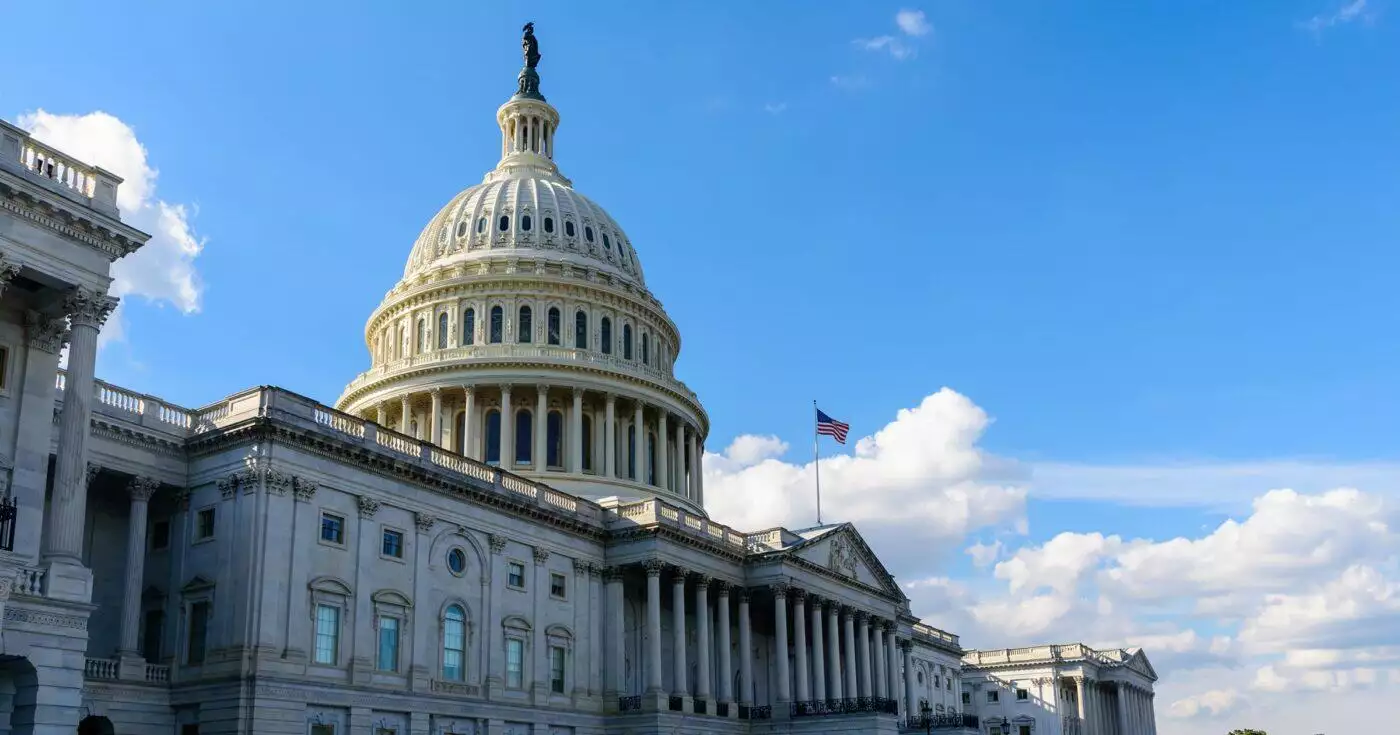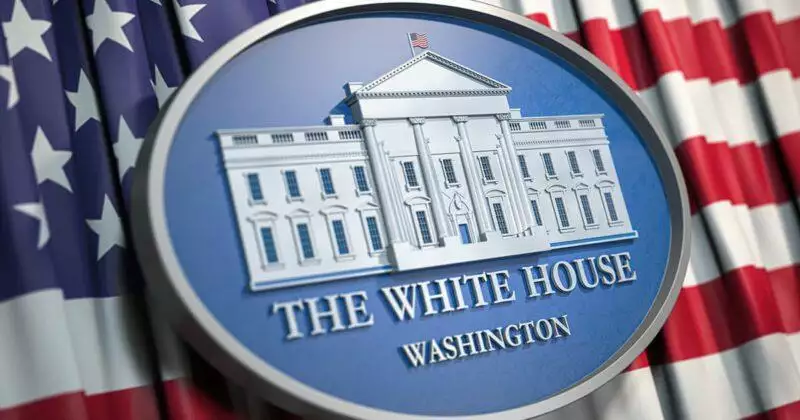What Can Healthcare Providers and Payers Expect from the Second Trump Administration?
President Trump’s second term is set to bring major healthcare policy shifts, continuing themes from his first term while introducing new approaches. The evolving landscape will pose critical considerations for healthcare leaders in the upcoming days, months and years.

Action Taken within First Thirty Days
Modifying the Affordable Care Act (ACA): President Trump signed executive orders reversing key elements of the ACA implemented during the Biden administration, including rescinding executive orders that expanded open enrollment periods, improved benefits, and reduced medical debt. This is likely the first of many actions aimed at altering the ACA.
Revoking Previous Artificial Intelligence (AI) Policies: President Trump signed an executive order rolling back Biden-era AI regulations, aiming to remove barriers to AI development. His administration is expected to continue focusing on reducing regulations to boost U.S. leadership in AI and encourage private-sector innovation.
Reversing Drug Pricing Measures: A Biden era executive order aimed at reducing drug costs for Medicare and Medicaid beneficiaries was rescinded. The original order included measures such as capping copayments for generic medications and reducing payments for certain FDA-approved drugs.
Dismantling Diversity, Equity, and Inclusion (DEI) Initiatives: The administration has taken steps to reduce or eliminate DEI requirements in federal agencies, government contracting, and healthcare programs. A related executive order directs the Attorney General to review DEI practices in the private sector.
Potential Changes within First Year in Office
Promoting Short-Term Insurance Plans: Look for a rollback of limits on non-ACA-compliant short-term insurance plans, potentially expanding access to more affordable but less comprehensive coverage.
Revisiting Association Health Plans: The administration may prioritize expanding access to association health plans, enabling small businesses or self-employed individuals to collectively purchase coverage like large-group policies.
Continuing Relaxation of Telehealth Regulations: President Trump will likely continue promoting telehealth in his second term. We could see a permanent extension of certain waivers originally tied to public health emergencies, greater cross-state licensure flexibility, and efforts to align telehealth reimbursement rates with in-person care.
Strengthening Price Transparency Rules: The administration is expected to expand regulations requiring hospitals, insurers, and pharmacy benefit managers (PBMs) to disclose pricing information. This could include tougher penalties for noncompliance and mandates for providers to share negotiated rates and out-of-pocket costs upfront.
Restricting Healthcare Access for Immigrants: The administration may look to tighten eligibility for federally funded healthcare programs, limit Medicaid and CHIP access for undocumented immigrants, and impose new restrictions on hospital charity care.
Shaping Reproductive Health Policies: Potential federal actions could impact access to care, including rolling back protections, restricting telehealth prescriptions for abortion medications, expanding religious exemptions for providers, and weakening enforcement of the contraceptive coverage mandate.
Rolling Back Transgender Coverage and Rights: Expect reversing of Biden-era protections, limiting access to gender-affirming care, restricting insurance coverage, and expanding religious exemptions for providers who object to offering services. An executive order defining sex as strictly male or female has already been issued and may further impact federal protections and coverage.
Potential Longer-Term Changes
Overhauling and Challenging the ACA: In addition to the already issued executive orders, the administration is expected to scale back ACA enforcement, cut outreach and enrollment funding, and let subsidies expire. While full repeal remains unlikely, legislative and legal efforts may focus on reducing or replacing core components like the employer mandate and essential health benefits.
Promoting State Medicaid Flexibility: Through Section 1115 and 1332 waivers, states may gain broader leeway to reshape their Medicaid programs potentially testing different eligibility requirements, cost-sharing levels, or alternative benefit designs.
Restructuring Medicaid Financing: The administration may push for block grants or per-capita caps, shifting Medicaid to a fixed funding model instead of the current matching system. Additional budgetary reforms could further limit federal spending by reducing provider reimbursement rates, increasing cost-sharing requirements, and restricting covered services.
Expanding Medicaid Work Requirements: The administration could encourage states to implement work, training, or volunteer requirements for Medicaid recipients as a condition for maintaining coverage. States enforcing these rules might receive increased federal support, potentially resulting in coverage reductions for individuals who do not comply.
Targeting Prescription Drug Costs: While previous efforts to negotiate Medicare drug pricing were not fully realized, the administration might revisit measures such as “Most Favored Nation” policies for certain Medicare drugs in an effort to align costs with those paid in other countries.
Shifting Responsibilities to States: The administration’s healthcare policy will likely result in greater state and local responsibility for funding and managing health programs. Changes in federal support could require states to adjust initiatives and resources accordingly.
The Bottom Line
President Trump’s second administration will likely pursue significant Medicaid adjustments, changes to the ACA, deregulation, and varying state-level reforms. With an aligned Congress, there is potential for significant change in the coming years. Organizations should prepare for varying state policies and evolving enforcement of rules. Key considerations for healthcare leaders:
- Adapt Strategically: Adapt strategies, operations, and offerings to navigate evolving coverage and policy changes.
- Strengthen Contingency Planning: Develop flexible approaches to address potential shifts in funding, regulatory enforcement, and market dynamics.
- Evaluate Organizational Impact: Conduct reviews to assess how policy changes may affect operations, compliance, and patient care.
- Monitor Federal and State-Level Changes: Track evolving Medicaid and ACA marketplace rules influenced by funding, waivers, and other modifications.
- Participate in Advocacy: Engage in industry groups or coalitions to support policies that impact healthcare access and quality.



